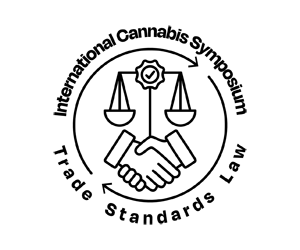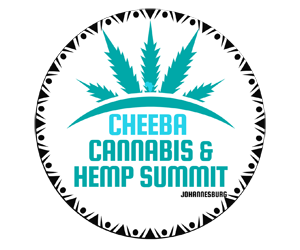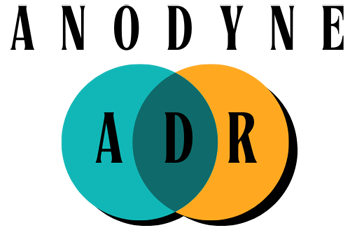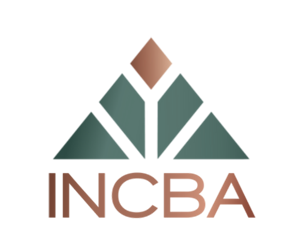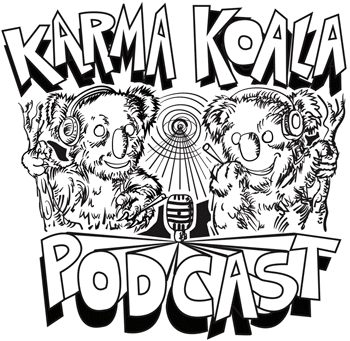I’m not in the US but this is exactly the sense i’ve been getting for a while seeing the same in the UK & US and talking with the under 25’s…
Before recreational marijuana went legal in California, you could find black-market dispensaries selling the stuff anyway. Even though the weed was fine, the experience was lacking. “The black market truly felt that way. It felt like what it was,” interior designer Kim Myles remembers. “You walked in—you were in a man cave, with a two-door buzz system. You felt like a criminal.”
Myles loves weed, and she wanted better for herself and her fellow enthusiasts. When she was living in Los Angeles during that pre-legalization period in the early 2010s, she was always on the lookout for dispensaries that provided a more intentional atmosphere. “The ones that I loved were the ones that understood that I was about to drop serious coin, that I was interested and curious about the product,” she said. “An environment that spoke to a retail experience, not a criminal enterprise.”
Myles was an HGTV personality with years of interior design experience. And in 2022, she launched a dispensary makeover series, High Design, on Discovery+, just as legal weed was going mainstream. She traveled the country, helping mom-and-pop shops redesign their spaces to compete in a booming cannabis marketplace newly flush with corporate money. In the years leading up to her show launch, nearly half the states in the country legalized recreational use, but at independent stores and big chains alike, Myles found that the vibes hadn’t much improved beyond the black-market man caves of yore.
There were the occasional high-end spots. But at the average dispensary, “it’s cold and a little sketchy. The design does not feel considered,” Myles said. “If this is retail, which is what we’re saying, and it’s competitive, which is what we know—then what the hell?”
As weed legalization swept the country over the past decade, with psychedelic mushrooms slowly following behind, it seemed for a moment that purchasing drugs would be seamlessly integrated into the rest of our consumer lives. Instead—and despite Myles’ efforts—no matter where you live and how legal it is, the practice of buying drugs still feels trapped in a liminal zone between normal shopping and under-the-table commerce.
Buying legal weed can still make you feel like a criminal: Depending on the dispensary, you may have to talk to a bouncer, get buzzed in, traverse a metal detector, or pay through a weird “cashless ATM” system or bank transfer. The branding and names (Mr. Green, ReLeaf, Star Buds) seem generated by a stoner A.I. The store windows are blacked out, like you’re entering the adult section of a video store. Unless you spend a lot of time in vape shops and rest stops, it’s an order of magnitude seedier than any other establishment you regularly enter.
Meanwhile, in a strange paradox, the experience of buying illegal drugs has never been more user-friendly. Ketamine companies are advertising on Instagram, ready to send a trip directly to your door. (Technically, the pricey lozenges and injectables are for legal medical use in at-home therapy, but no one’s going to stop you from taking them to the club.) Dealers are sending out multipage menus on Signal, offering options that were unavailable to casual consumers a decade ago. No longer must you settle for whatever pouch of powder or crumbling fungi was left in your dealer’s stash. Now, you can choose from multiple varieties of cocaine—priced according to strength—alongside ayahuasca microdose capsules, GLP-1 weight loss drugs, and mushroom chocolates crafted by chefs formerly employed at Michelin-starred restaurants.
“Drug delivery services have definitely gotten more organized, thanks to different sorts of advancements in encryption and apps, and competition from different services,” said Michelle Lhooq, who reports on drug culture for her Substack, Rave New World. “If you buy drugs on a Telegram group in Berlin, the menus are, like, 50 items long. It’s insane.”
The difficulty of buying recreational drugs used to add to the fun of getting your hands on something you couldn’t purchase at a cash register. “The buying experience is an integral part of the drug experience. It’s part of the thrill and the pleasure,” Lhooq said. There were the safe and boring drugs you could get at the pharmacy, and then there were the illicit substances that carried a bit of risk and mystery along with their more potent effects. If some buyers experienced a bit of cultural dissonance in their purchase and consumption—how many clean-eating wellness freaks have snorted goddess-knows-what manufactured in Gaia-knows-where out of baggies that have passed through a stranger’s rectum?—that was just part of the bargain.
Today, we’re in an era of unprecedented drug availability, which has given rise to a brand-new gray area of aesthetic contradictions. Legal drug businesses still convey a whiff of criminality. Illegal enterprises increasingly display a veneer of legitimacy. And corporate money has given a professional sheen to potentially harmful substances that are barely regulated at all.
Read more
https://slate.com/business/2025/04/buying-weed-these-days-legal-weirdness.html










